Have you ever wondered if the lovable furry friend you brought home might not be the perfect fit for your family after all? It’s a shocking thought, isn’t it? The truth is, some of the most popular dog breeds may not be as well-suited to family life as we might think. While these breeds are often celebrated for their loyalty and charm, there are hidden aspects that could potentially disrupt the harmony of your home. Let’s delve into why this might be the case and explore the surprising reasons behind it.
That adorable dog breed you see all over social media might not be the best fit for your family after all. While some popular breeds are undeniably cute and charming, they can also come with high energy levels, stubborn personalities, or intense grooming needs that don’t mesh well with every household. If expectations don’t match reality, stress can build—for both your family and the pup. It’s important to look beyond trends and choose a breed that truly fits your lifestyle. The right match means more harmony and less chaos at home.
The Allure of Popular Dog Breeds

Popular dog breeds often capture our hearts with their adorable looks and friendly demeanor. They are frequently featured in movies, advertisements, and social media, making them appear as the perfect family pets. However, the allure of their popularity can sometimes overshadow the reality of their needs and behavior. Families may choose these breeds based on appearance or reputation without fully understanding the commitment involved. This can lead to unforeseen challenges as the initial excitement fades and the day-to-day responsibilities set in.
High Energy Levels and Activity Needs

Many popular dog breeds, such as Labrador Retrievers and Border Collies, are known for their high energy levels. While this can be a great match for active families, it can become overwhelming for those who aren’t prepared for the constant exercise and stimulation these dogs require. A lack of physical activity can lead to destructive behavior, as these breeds may channel their energy into chewing furniture or digging up the garden. It’s crucial for families to assess whether they can meet the exercise needs of these dogs before bringing them home.
Training Challenges and Behavioral Issues
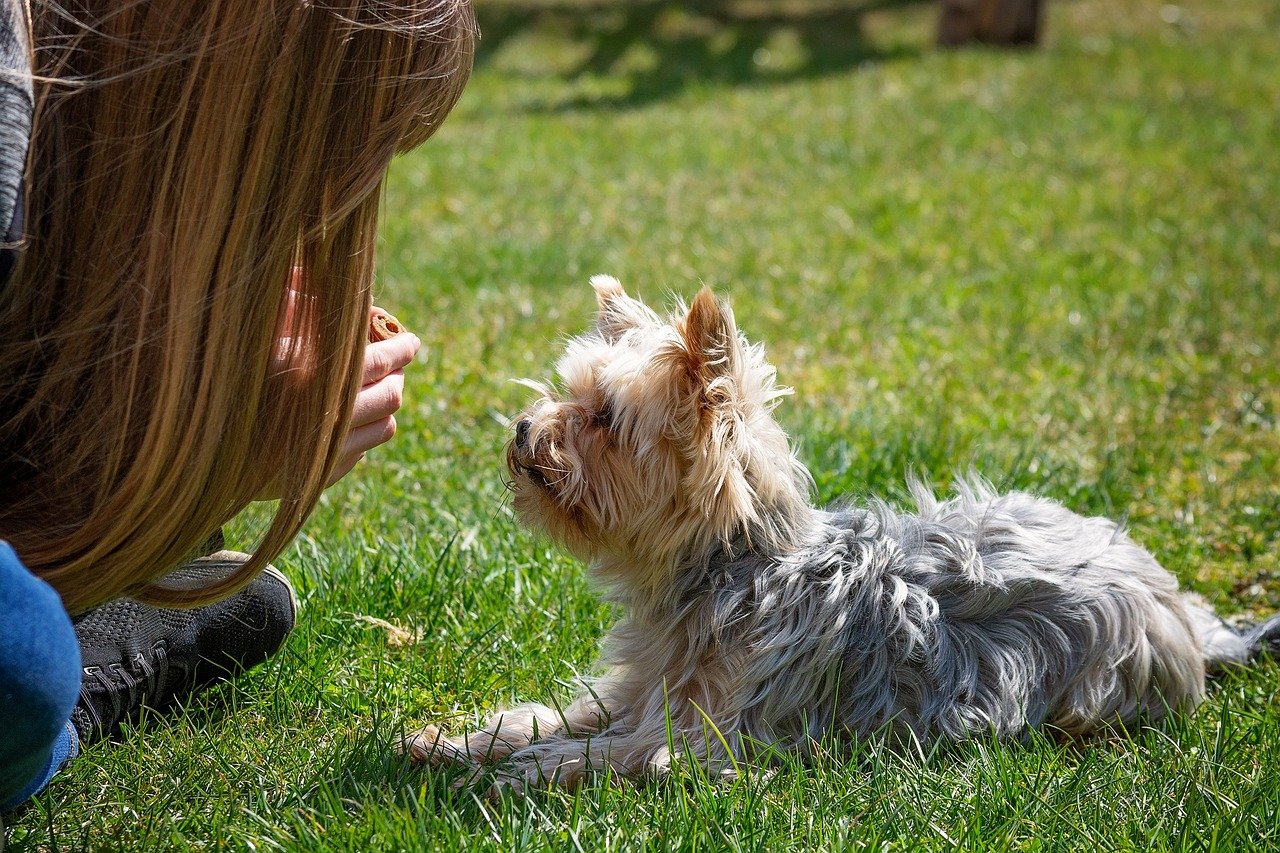
Training a dog is no small feat, and some popular breeds are known to be particularly stubborn or challenging to train. Breeds like Dachshunds and Beagles can be independent thinkers, which might make obedience training more difficult. Without consistent training and socialization, these dogs might develop behavioral issues that could strain family dynamics. It’s essential for families to have the time and patience to invest in proper training to ensure a harmonious living environment.
Health Concerns and Veterinary Costs
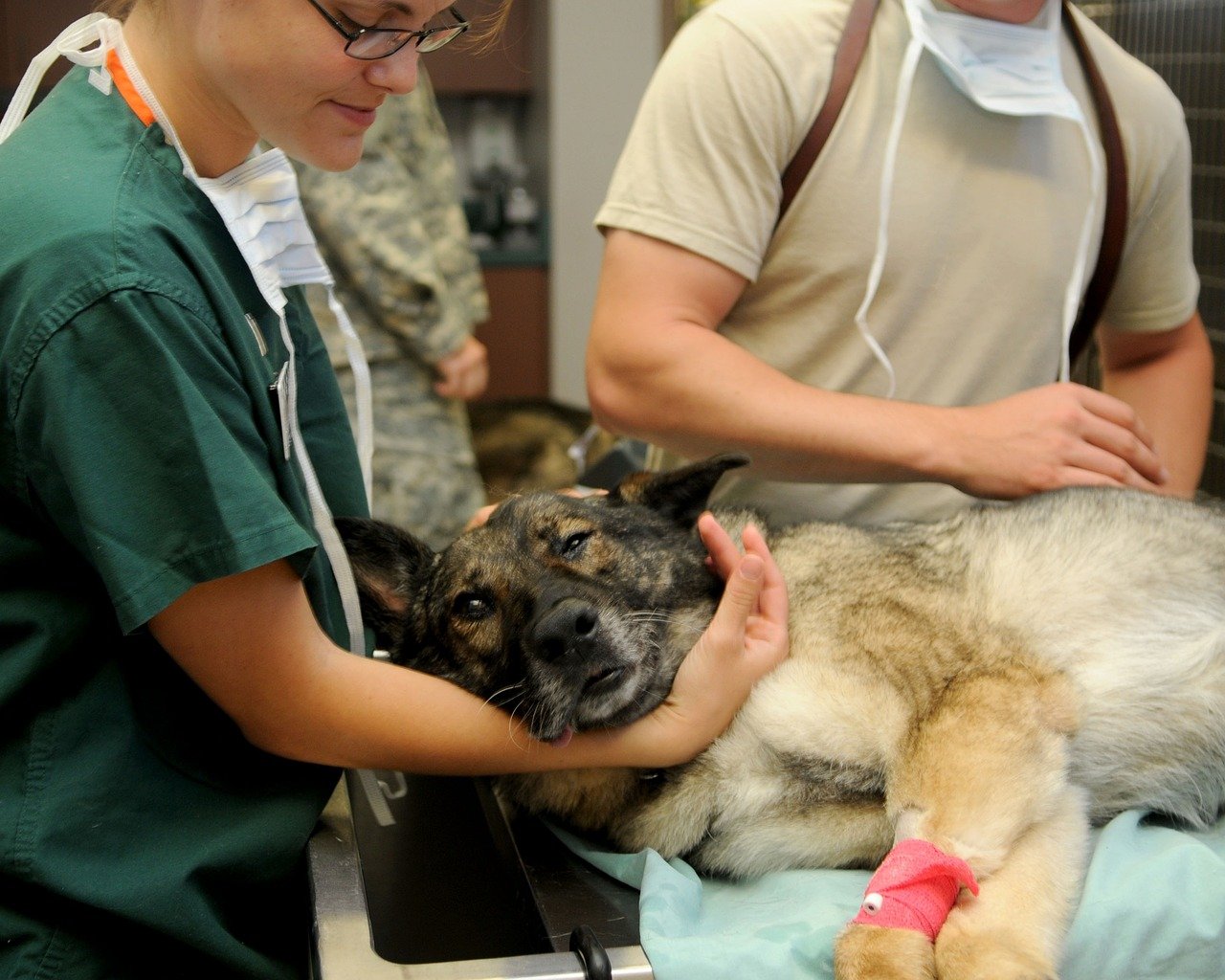
Certain popular dog breeds are prone to specific health issues, which can lead to unexpected veterinary costs and emotional distress for families. For instance, Bulldogs and Pugs are known for their respiratory problems, while German Shepherds may suffer from hip dysplasia. These health concerns can not only impact the dog’s quality of life but also place a financial burden on families. It’s important for prospective dog owners to research the potential health risks associated with their chosen breed and be prepared for the associated responsibilities.
Space Constraints and Living Environment

The size and nature of a dog’s living environment can significantly impact its happiness and behavior. Larger breeds like Great Danes or Saint Bernards require ample space to move around comfortably. Families living in apartments or homes with limited outdoor areas may find it challenging to accommodate these dogs’ needs. A cramped living space can lead to stress and anxiety for the dog, ultimately affecting the overall harmony of the household.
Allergies and Sensitivities

While many people adore dogs, not everyone is immune to allergies and sensitivities that some breeds might trigger. Breeds like Golden Retrievers and Cocker Spaniels are known to shed significantly, which can exacerbate allergies in susceptible family members. Before bringing a dog home, it’s crucial to consider the potential health implications for everyone in the household. This ensures that the joy of having a pet doesn’t turn into a source of discomfort or health issues.
Compatibility with Children and Other Pets
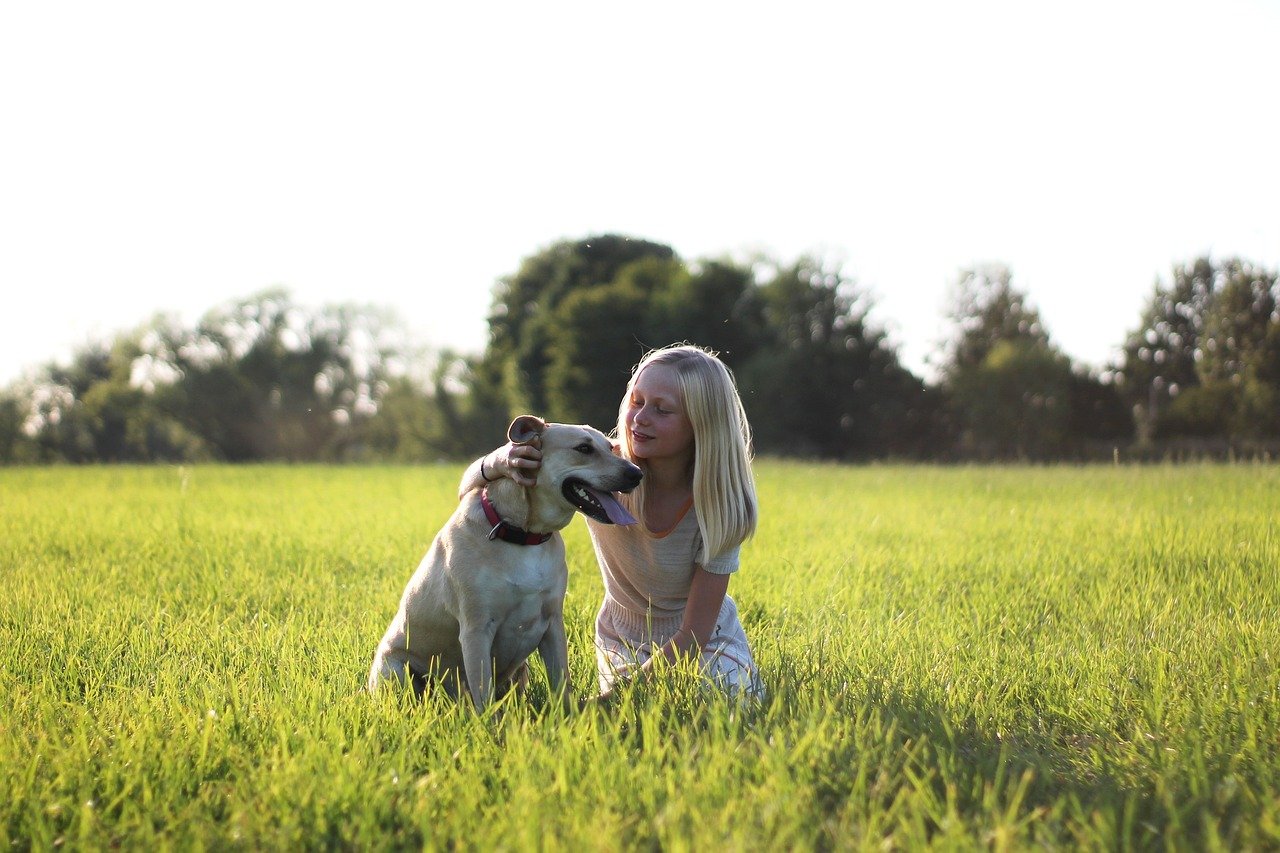
Not all dog breeds are naturally inclined to get along well with children or other pets. While some breeds are known for their gentle nature, others might require more supervision and training to ensure safe interactions. Breeds like Chihuahuas and Jack Russell Terriers, for instance, may not always be the best match for households with young children. Families should carefully consider the breed’s temperament and history with children and other animals before making a decision.
Time Commitment and Lifestyle Changes
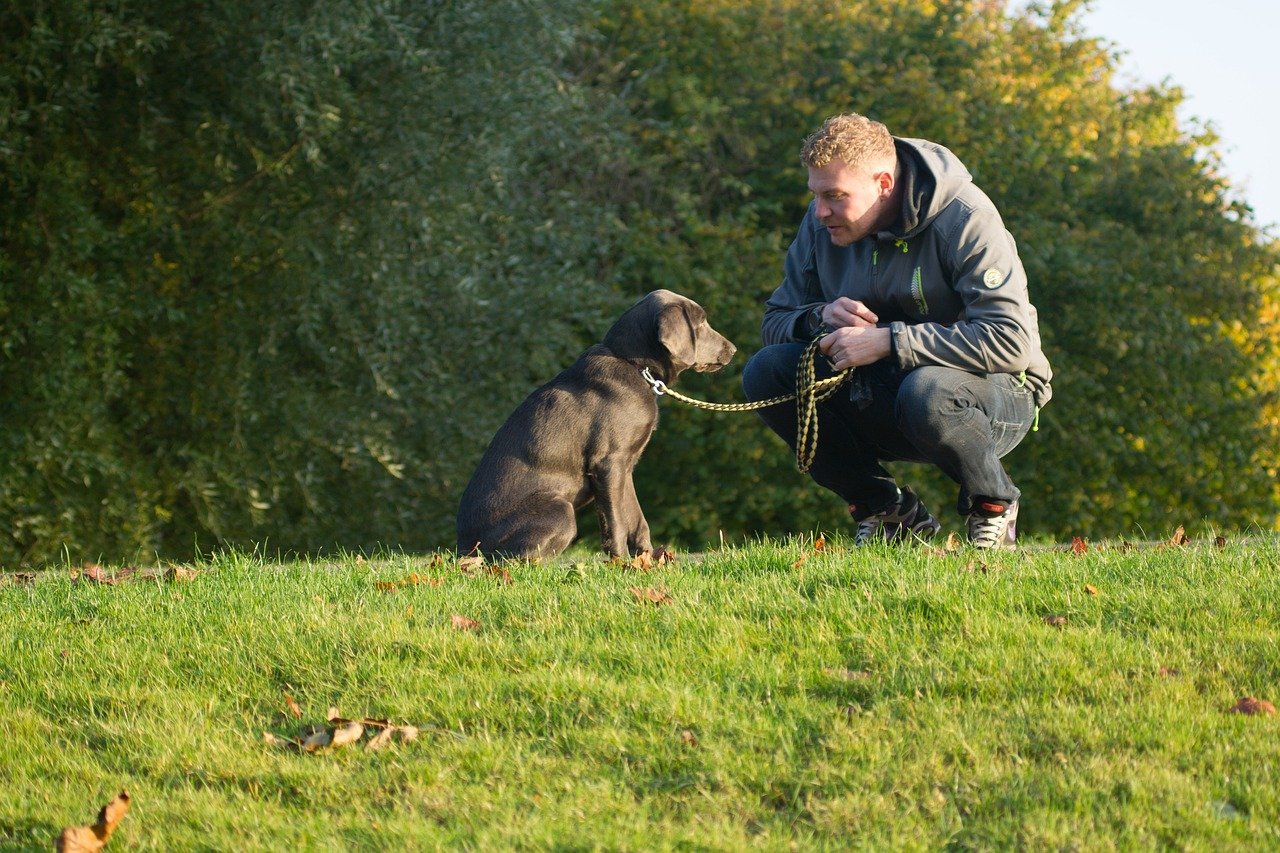
Owning a dog, especially a popular breed, requires a significant time commitment. Dogs need regular feeding, grooming, exercise, and socialization. Families with busy schedules or frequent travel plans might find it challenging to provide the necessary care and attention. It’s important to evaluate whether your lifestyle can accommodate the responsibilities of dog ownership. Failing to do so can lead to stress and strain on both the family and the dog.
Expectations vs. Reality
It’s easy to have high expectations when bringing a popular dog breed into your home. However, the reality might not always align with those expectations. The cute puppy phase is short-lived, and as dogs grow, their personalities and needs evolve. Families may find themselves surprised by the level of care and attention required. It’s crucial to have realistic expectations and be prepared for the long-term commitment that comes with dog ownership.
Conclusion
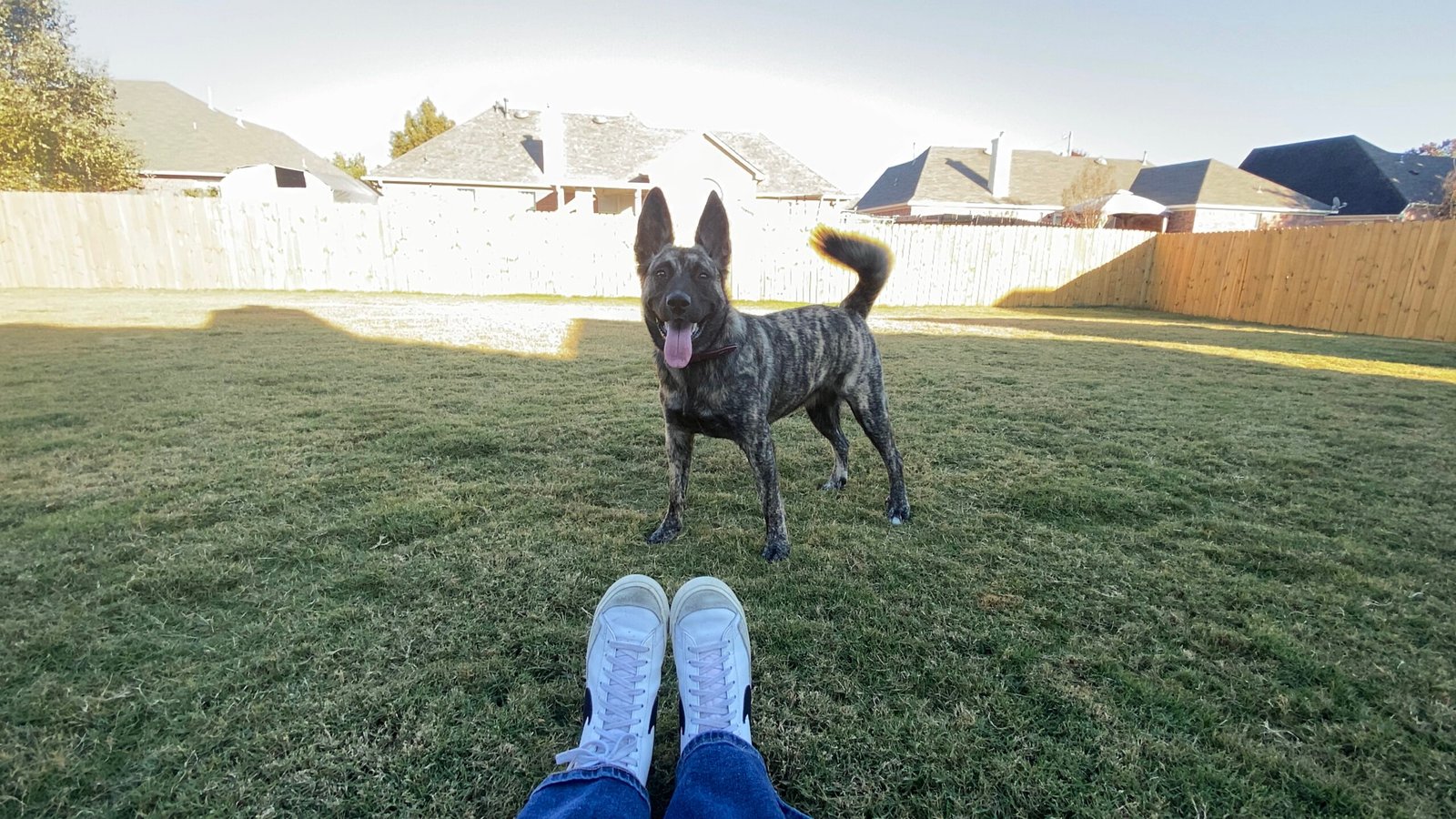
While popular dog breeds can bring immense joy and companionship, it’s essential for families to thoroughly research and assess their compatibility with their chosen breed. Understanding the breed’s energy levels, training requirements, health concerns, and lifestyle needs is crucial to ensuring a harmonious and fulfilling relationship. By taking the time to make an informed decision, families can avoid potential pitfalls and create a loving and balanced environment for both their furry friend and themselves. What factors will you consider when choosing your next family pet?

Andrew Alpin from India is the Brand Manager of Doggo digest. Andrew is an experienced content specialist and social media manager with a passion for writing. His forte includes health and wellness, Travel, Animals, and Nature. A nature nomad, Andrew is obsessed with mountains and loves high-altitude trekking. He has been on several Himalayan treks in India including the Everest Base Camp in Nepal.






